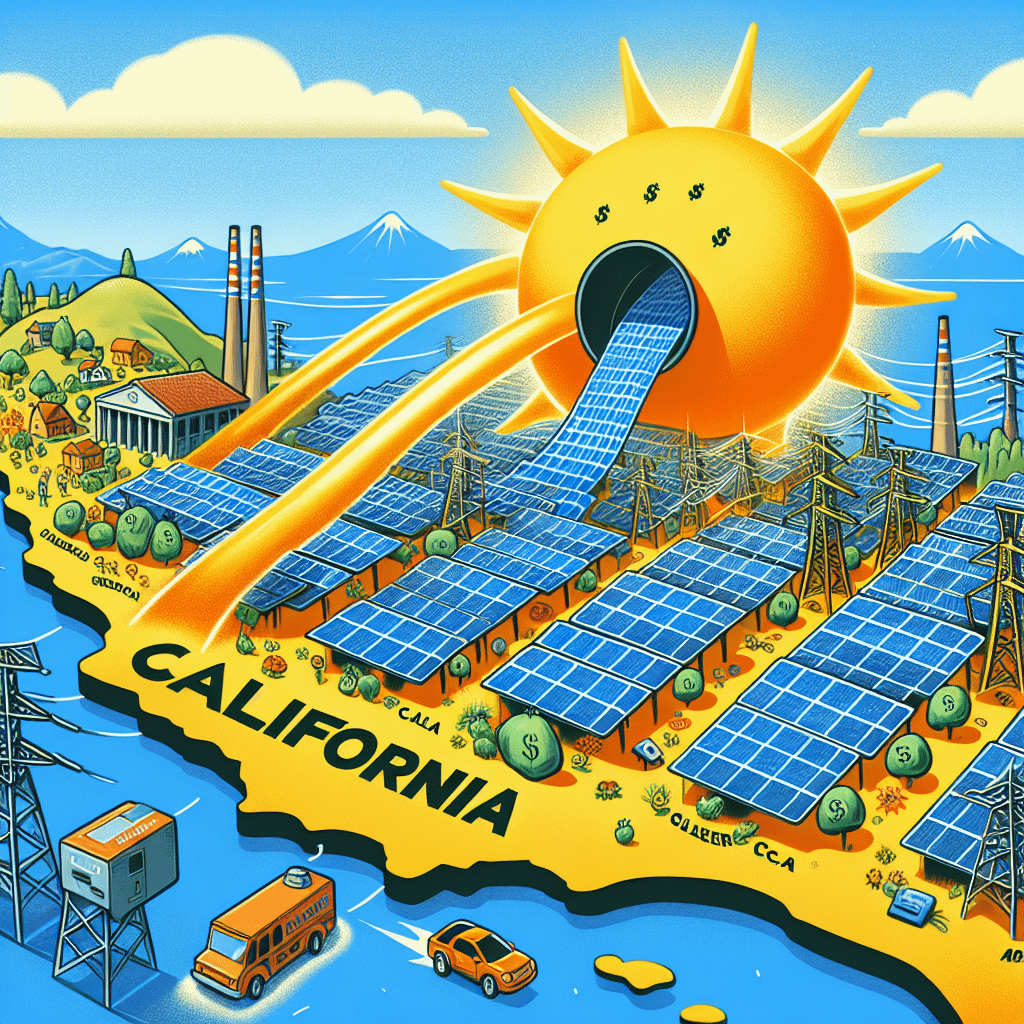California is making so much solar energy that large commercial operators are increasingly forced to stop production, raising questions about the state’s costly plan to shift entirely to carbon-free sources of electricity.In the last 12 months, California’s solar farms have curtailed production of more than 3 million megawatt hours of solar energy, either on the orders of the state’s grid operator or because prices had plummeted because of the glut, according to an analysis of data by The Times.That’s enough to power 518,000 California homes for a year, based on average electricity usage. The amount of curtailed solar power has more than doubled from 1.5 million megawatt hours in 2021, state records show, and is up eight times from levels in 2017. The waste would have been even larger if California had not paid utilities in other states to take the excess solar energy, documents from the state’s grid operator show. That means green energy paid for by California electricity customers is sent away, lowering bills for residents of other states. Arizona’s largest public utility reaped $69 million in savings last year by buying from the market California created to get rid of its excess solar power. The utility returned that money to its customers as a credit on their bills.Also reaping profits are electricity traders, including banks and hedge funds.The increasing oversupply of solar power has created a situation where energy traders can buy the excess at prices so low they become negative, said energy consultant Gary Ackerman, the former executive director of the Western Power Trading Forum. That means the solar plant is paying the traders to take it.“This is all being underwritten by California ratepayers,” Ackerman said.California grid officials warned in 2017 that the curtailments were a sign that the state was overbuilding renewables and “not financially sound.”Since then the problem has grown exponentially. Once the state curtailed solar power only on sunny mild spring days when there was little need for air conditioning. Now solar farms must be shut down even on hot summer days when demand is high.Solar is the linchpin of California’s plan to generate all its electricity from carbon-free sources by 2045, but some energy experts question the feasibility of the plan given the state’s inability to use its existing solar capacity.On some days, more than half the available solar power goes to waste, said Phillippe Phanivong of the California Institute for Energy and Environment located at UC Berkeley.He calculates that the amount of power curtailed increased by 500% between 2017 and 2022 — a rise he called “alarming.” During that same time, the state’s renewable energy generation increased by 40%.“Can we even get to 100% renewable energy with this growth rate of curtailment?” Phanivong asked.The solar glut also means higher electricity bills for Californians, since they are effectively paying to generate the po

